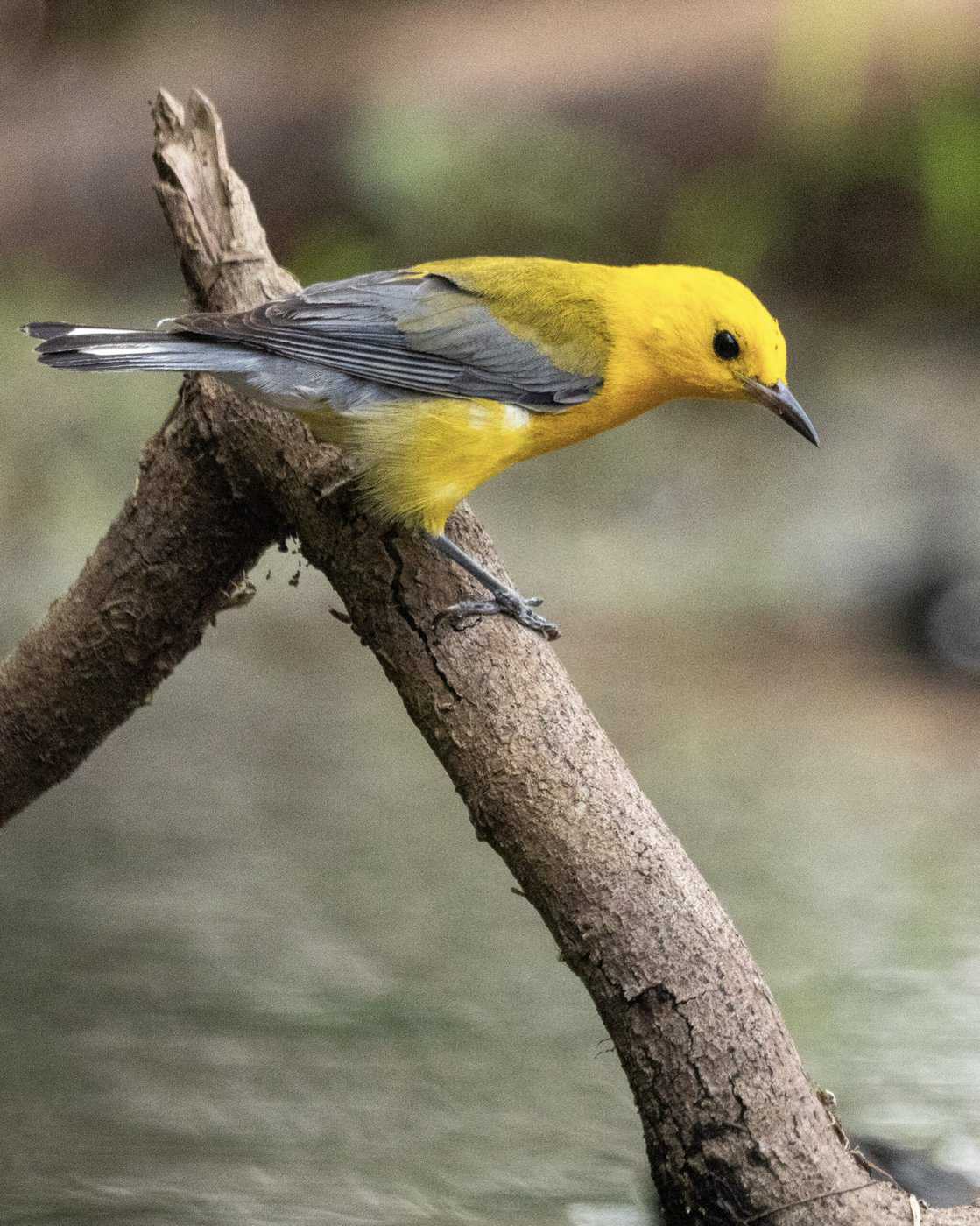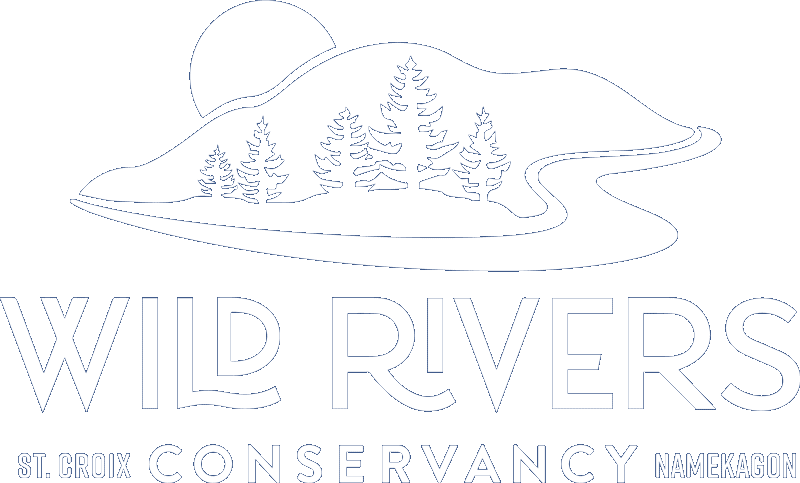The trees and fields of the St. Croix Riverway and its watershed are home to many rare, endangered, and vulnerable bird species. The Riverway and watershed serve as an important stop for many bird species in their migration path, whether stopping for the night or nesting while overwintering. The watershed contains many unique and diverse habitats that allow a huge variety of bird species to thrive.
These places are protected by Important Bird Areas or IBAs. IBAs are sites that provide essential habitat to one or more species of birds. The St. Croix watershed contains 6 of the 88 IBAs in Wisconsin and 57 in Minnesota. IBAs are voluntary and non-regulatory, but they play a huge role in international bird conservation through the National Audubon Society and BirdLife International.
Wild Rivers Conservancy, the St. Croix National Scenic Riverway, and many other partners are working to bring awareness to the St. Croix River IBA located between St. Croix Falls, WI, and Stillwater, MN. The IBA contains the Interstate State Parks, Osceola Bedrock Glades State Natural Area, Farmington Bottoms State Natural Area, St. Croix Islands State Wildlife Area, and lands owned by Standing Cedars Conservancy.
Ten key birds can be found in the St. Croix IBA. Birds that spend their summer here and migrate south for the winter months include Henslow’s Sparrows, Lark Sparrows, Cerulean Warblers, Loggerhead Shrikes, Prothonotary Warblers, Wood Thrush, Golden-winged Warbler. Birds that can stay in the area, depending on habitat availability, include Bald Eagles, Red-shouldered Hawks, and Red-headed Woodpeckers. To learn more about these important birds, check out Wild Rivers Conservancy’s birding page at wildriversconservancy.org/birding.
When looking to help out birds in the watershed, think about these five key actions we can all do to be bird-friendly:
- Up to 1 billion birds die each year from flying into windows in the US and Canada. If you have windows on any building, be it your home or work, consider adding an external insect screen to cushion birds’ impact and eliminate reflections. Turn out any lights you don’t need at night or close your blinds to help the birds clearly see obstacles. If you want to take it a step further, break up reflections on the outside of windows with paint, stick-on stripes, or string spaced no more than 2 inches high or wide.
- During peak migration season, Wisconsin saw 2,580,300 birds in flight overnight. All those birds need safe places to rest during migration and even to raise their young! Creating a bird-friendly home and yard can help ease their trip. Plant native plants! They will attract beneficial insects which most birds use as their main source of food. Shrubs, vines, and conifers offer shelter, and leaving brush piles offer nest-building materials. Planting year-round fruiting plants helps provide energy for the breeding season in the summer, migration in the fall, and staying warm in the winter. Nectar-producing flowers will attract hummingbirds and orioles and give them a boost for their migration as well.
- Birds love the sound of moving water. Having a water source with a water wiggler or even a waterfall will attract birds into your yard for a quick bath or drink before moving on. A small energy boost can be found for migrators with bird feeders filled with suet and sunflowers, anything with a great protein source.
- Participate in the Audubon Society’s “Lights out for Birds”. In the spring and fall, birds migrate at night, navigating with the night sky. As they fly through cities and towns, they can become disoriented by bright artificial lights and skyglow. Often, that light will throw birds off their migration paths and cause them to waste energy flying around in confusion. To help provide safe passage during migration, turn off exterior decorative lighting, any flood lights, and interior lighting, especially in higher-story buildings. Try to down-shield exterior lighting to eliminate horizontal glare and any light directed upward.
- Protect our rivers! Support Wild Rivers Conservancy and the St. Croix National Scenic Riverway to help keep the St. Croix and Namekagon Rivers wild! It takes everyone to be sure that all communities can benefit from clean water and healthy natural environments.

Want to learn more about the birds in the Riverway? Join Ranger Dan from the St. Croix National Scenic Riverway for a paddle down the river and Kristy Allen from Beez Kneez to talk about pollinators with our Birds and Bees Paddle on Saturday, July 20th. Register at wildriversconservancy.org/events.
